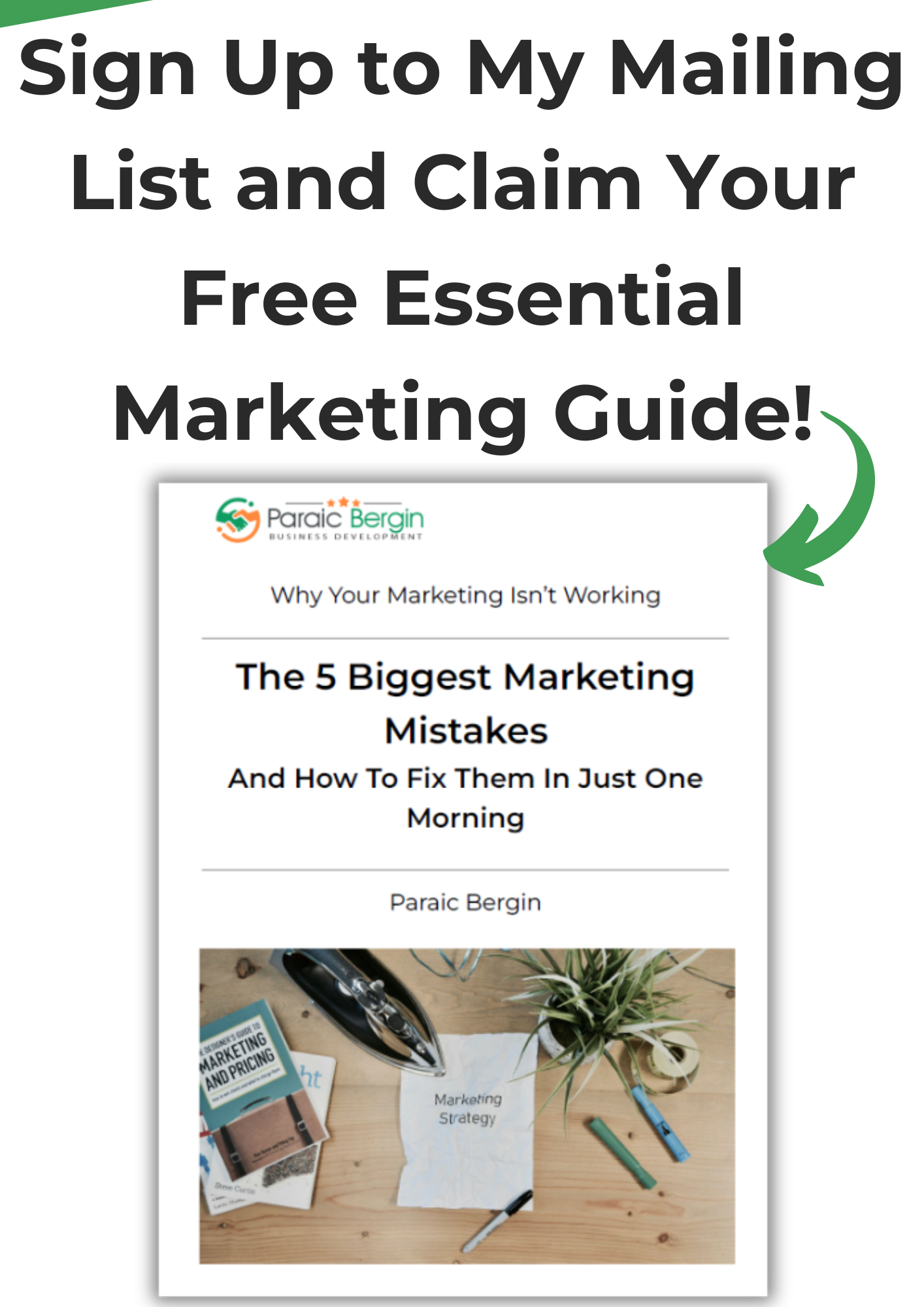All Lead Generation Methods Are Not Equal
Leads are a fundamental element of any business. Especially one with plans to scale. They are not just contacts. They are people who have expressed interest in your offering by taking some kind of action.
Lead generation is the process of attracting, qualifying and converting prospective consumers or businesses (leads) to create sales-ready leads. Good lead generation is a win-win for buyer and seller. The buyer can request information from several vendors, giving each seller an opportunity to make a pitch or offer.
There is a multitude of ways to generate leads. From using social media and blogs, to creating viral videos. From using traditional print media such as billboards and newspapers, to radio & TV. It is relatively easy to collect information about potential buyers. It’s also easy to tailor your marketing to their needs.
There are agencies whose sole business is lead generation. They used to sell lists of names and the buyer followed up by cold calling. Now, modern technology enables them to generate leads based on specific criteria and information. These companies gather large volumes of leads in every category imaginable to sell access to them.
Lead quality can vary enormously. Leads from general sources may include large numbers of ‘window-shoppers.’ Specialist sites can usually offer targeted and even qualified leads. The upfront cost of a qualified lead may be many multiples of the cost of a general lead. However, when all the time, effort and costs in converting the leads are counted, the qualified lead should have a higher return on investment (ROI).
Remember, the most valuable result of your lead generation is a customer. By generating leads, you discover people who may be interested in what you offer. Whether doing your own lead generation or using an outsourced solution, your success will depend on being crystal clear on who your audience is, where they can be found, what they want and how your offering answers or solves their problem.
There is no profit in gathering leads who are not interested in what you have to offer — both parties will end up frustrated and disappointed. Better by far to focus your efforts on attracting your ideal customer.
Many entrepreneurs resist becoming niche specific, largely out of fear that the market in that niche is too small, or too competitive. But staying general means being part of the plain vanilla flavor and just another vendor.
There are infinite ways to differentiate yourself. That’s a subject for another day so for now all I’ll say is that defining who you don’t want to do business with is just as important (and often an easier place to start) as knowing what your ideal customer is like.
The lead generation process is straightforward:
1. Understand your audience;
2. Attract their attention;
3. Get them to raise their hand;
Clarity can help you generate more leads, which should convert to more sales. This ultimately means more money in your pocket. Make sure you target the right people, i.e. they share key traits with your ideal customer.
Once you know and understand your preferred audience and where they congregate, targeted marketing is the most effective way to find prospective customers. This is because you’re speaking directly to them, in a language they understand, and you have what they’re looking for.
Clarity of purpose is the key to clarity of message. The clearer your purpose, the more useful and interesting your message is likely to be. The easier it is for people to know your offer solves their problem, the better your chances of getting their attention-and ultimately their business.
Finally, don’t cry over spilt milk. Have a system for managing leads. When a lead reaches the end of the process and has not converted, move on. If you apply the Pareto principle, you know that somewhere in the order of 80% of your business comes from 20% of your customers.
The same applies to leads — 80% of your customers will come from 20% of all the leads your generate. Don’t waste more time, effort and money on the 80% who convert to 20% of your customers — use it instead to develop strong relationships with the leads and customers that deliver 80% of your results.



